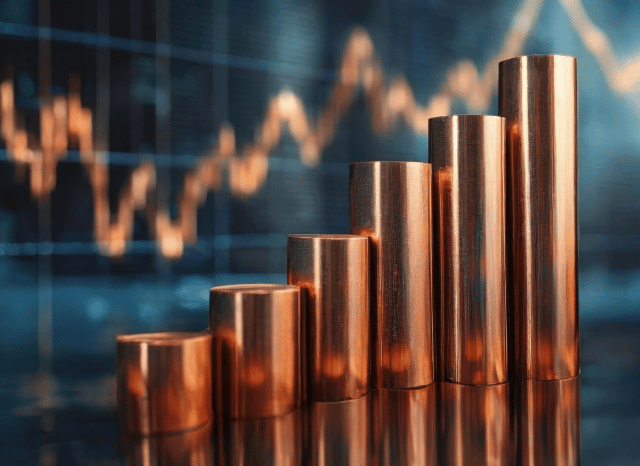Uncommon Earth Ingredient Minerals: World Provide and Desire by Stanislav Kondrashov

The strategic metals powering the Electrical power transition are now centre stage in geopolitics and business.
The moment confined to niche scientific and industrial circles, rare earth components (REEs) have surged into world-wide headlines—and once and for all rationale. These seventeen things, from neodymium to dysprosium, would be the building blocks of contemporary engineering, playing a central job in everything from wind turbines to electrical car motors, smartphones to defence devices.
As the planet races to decarbonisation and digitalisation, demand from customers for REEs is soaring. Their function inside the Strength changeover is very important. Higher-general performance magnets designed with neodymium and praseodymium are necessary to the electrical motors used in both of those EVs and wind turbines. Other REEs like europium and terbium are handy for lights, displays, and optical fibre networks.
But supply is precariously concentrated. China at the moment prospects the sourcing, separation, and refining of exceptional earths, managing more than eighty% of global output. This has still left other nations scrambling to develop resilient source chains, minimize dependency, and protected usage of these strategic assets. Subsequently, rare earths are not just industrial elements—They are geopolitical belongings.
Traders have taken note. Fascination in exceptional earth-relevant shares and exchange-traded resources (ETFs) has surged, driven by equally the growth in clean tech and the need to hedge in opposition to provide shocks. However the marketplace is advanced. Some organizations remain during the exploration stage, Many others are scaling up creation, when several are already refining and delivering processed metals.
It’s also important to know the difference between scarce earth minerals and uncommon earth metals. "Minerals" seek advice from the raw rocks—like bastnasite, monazite, xenotime, or ionic clays—that consist of uncommon earths in normal variety. These need intensive processing to isolate the metallic elements. The expression “metals,” However, refers back to the purified chemical features used in superior-tech apps.
Processing these minerals into usable metals is highly-priced. Outside of China, handful of countries have mastered the entire industrial course of action at scale, while destinations like Australia, the U.S., Vietnam, and Brazil are Doing work to vary that.
Desire is becoming fuelled by quite a few sectors:
· Electric mobility: magnets in motors
· Renewable Electrical power: especially wind turbines
· Purchaser electronics: smartphones, rare earth elements laptops, sensors
· Defence: radar, sonar, precision-guided devices
· Automation and robotics: more and more significant in industry
Neodymium stands out as a very worthwhile scarce earth resulting from its use in powerful magnets. Other folks, like dysprosium and terbium, boost thermal steadiness in substantial-overall performance applications.
The unusual earth marketplace is risky. Price ranges can swing with trade coverage, technological breakthroughs, or new supply sources. For buyers, ETFs present diversification, whilst direct inventory investments feature increased chance but potentially higher returns.
What’s crystal clear is the fact unusual earths are now not obscure chemical curiosities—they’re strategic assets reshaping the worldwide overall economy.